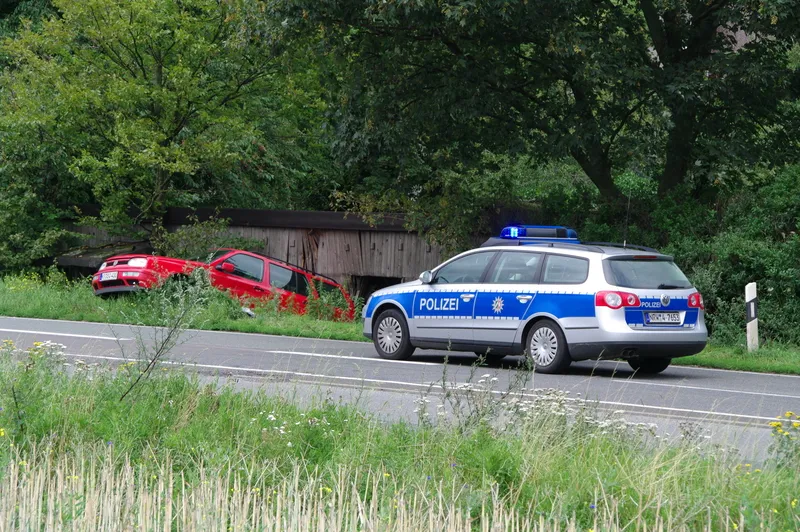The UK Institute of Advanced Motorists has responded to the Department for Transport report, Reported Road Casualties in Great Britain: quarterly provisional estimates Q2 2015, which claims that there were 1,700 road deaths in the year ending June 2015, down by two per cent compared with the year ending June 2014.
Neil Greig, IAM director of policy and research said: “It is indeed good news to see that in spite of an increase in volume of traffic by 2.3 per cent that the numbers of casualties has falle
November 5, 2015
Read time: 2 mins
The UK 6187 Institute of Advanced Motorists has responded to the 1837 Department for Transport report, Reported Road Casualties in Great Britain: quarterly provisional estimates Q2 2015, which claims that there were 1,700 road deaths in the year ending June 2015, down by two per cent compared with the year ending June 2014.
Neil Greig, IAM director of policy and research said: “It is indeed good news to see that in spite of an increase in volume of traffic by 2.3 per cent that the numbers of casualties has fallen by 7 per cent (1). However, fatal accidents on non-built up roads has increased by 7 per cent.
“8101 Highways England has published a vision for zero deaths on trunk roads and we believe this commitment should be adopted by the government for the whole country. The DVSA has stated a desire to encourage lifelong learning in driver and rider training and we firmly believe that with the right framework in place, which recognises the issues faced by road users of different ages, this approach will form a vital part of ensuring that fewer lives are needlessly lost on UK roads.”
Key findings from the report include: A total of 22,830 people were killed or seriously injured (KSI casualties) in the year ending June 2015, down by seven per cent from the previous year. There were 180,500 casualties of all severities in the year ending June 2015, down by seven per cent from the previous year; Motor traffic levels rose by 2.3 per cent compared with the year ending June 2014; Child KSIs decreased by eight per cent to 530 in the second quarter of 2015, the lowest second quarter on record.
Neil Greig, IAM director of policy and research said: “It is indeed good news to see that in spite of an increase in volume of traffic by 2.3 per cent that the numbers of casualties has fallen by 7 per cent (1). However, fatal accidents on non-built up roads has increased by 7 per cent.
“
Key findings from the report include: A total of 22,830 people were killed or seriously injured (KSI casualties) in the year ending June 2015, down by seven per cent from the previous year. There were 180,500 casualties of all severities in the year ending June 2015, down by seven per cent from the previous year; Motor traffic levels rose by 2.3 per cent compared with the year ending June 2014; Child KSIs decreased by eight per cent to 530 in the second quarter of 2015, the lowest second quarter on record.







